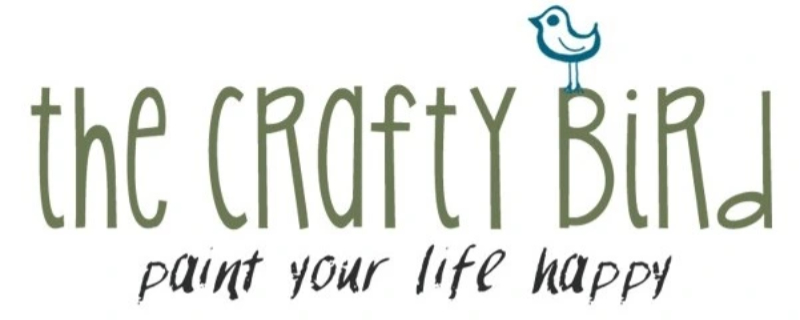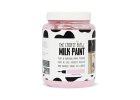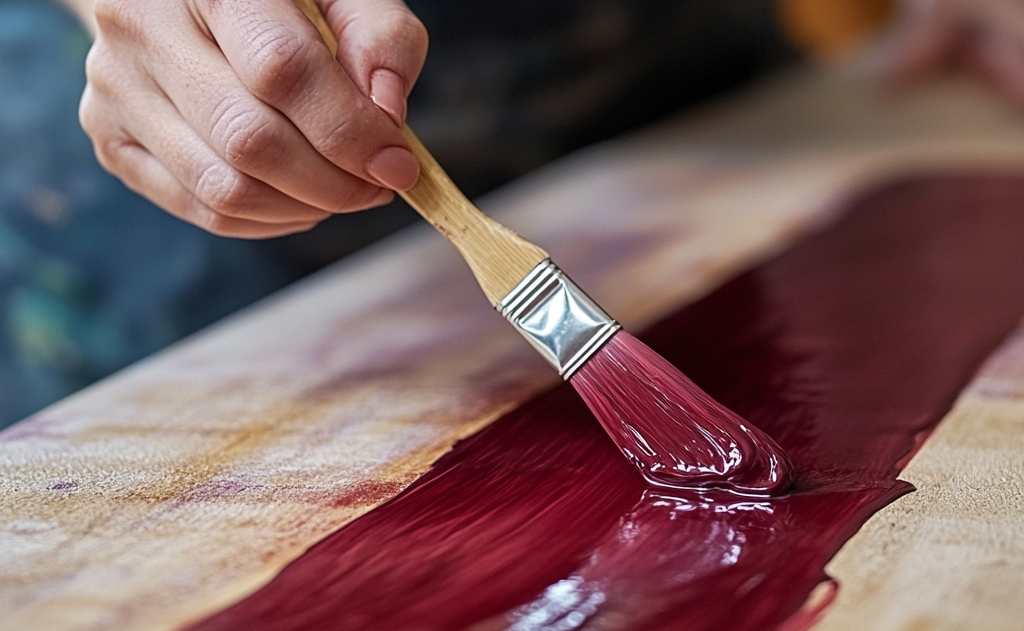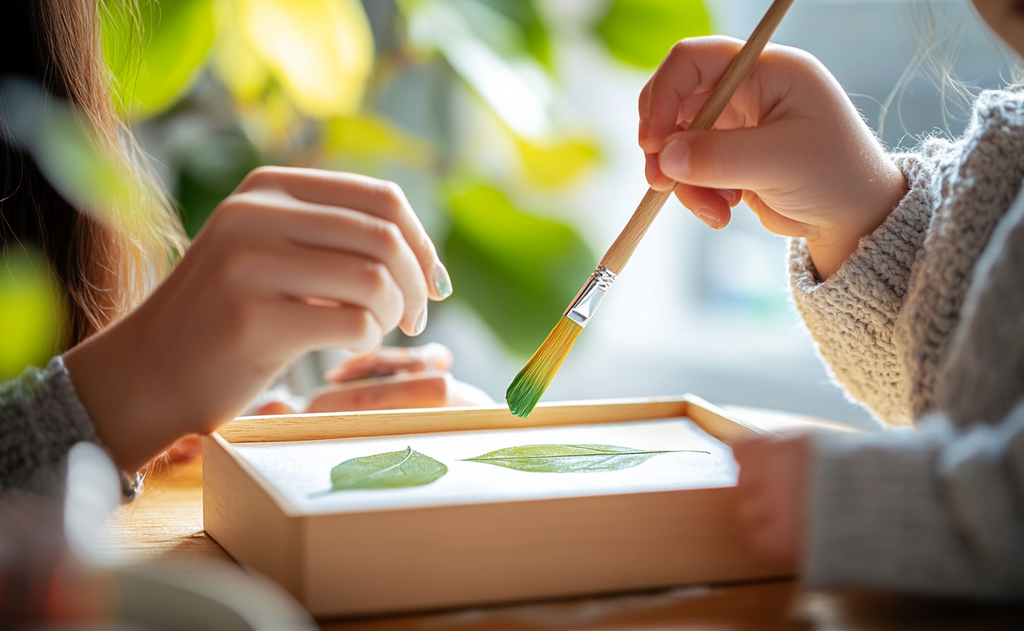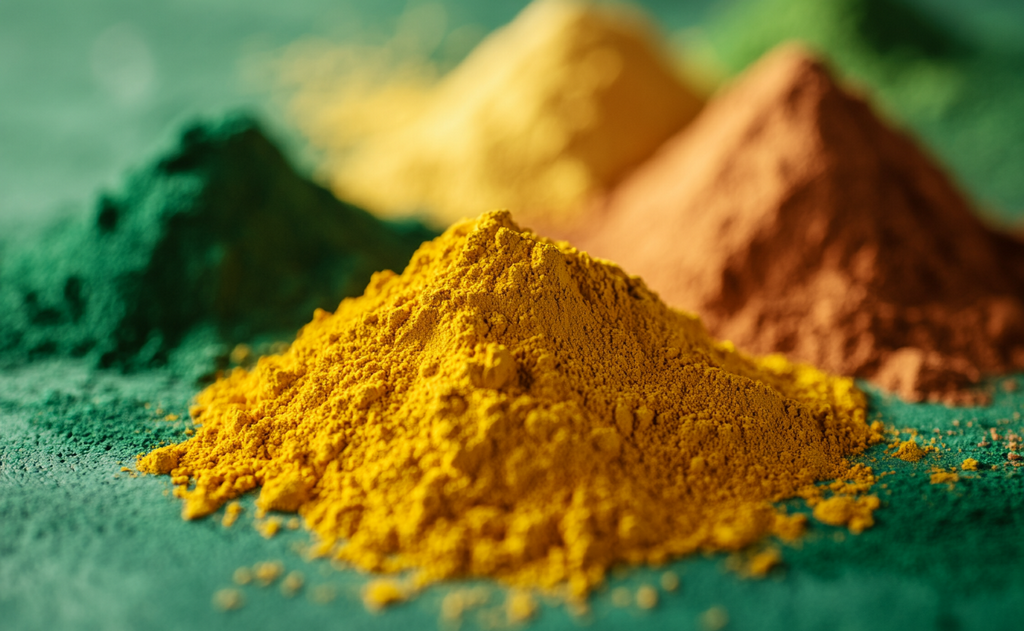History of Milk Paint
Milk Paint is a non-toxic, natural, voc-free paint that comes in powder form. Derived from casein milk protein and a mixture of other naturally occurring raw materials such as lime, chalk, clay and earth pigments, this paint is super safe to use on children’s furniture, walls and floors. It is also a great choice for people with respiratory conditions such as asthma.

Where’s it from?
Since before history was ever documented, milk paint has been used by man. Cave paintings as old as 20,000 years ago, were made with from a composition of milk, lime, and earth pigments. When King Tutankhamen’s tomb was opened in 1924, relics such as boat models, people, and furniture found inside the burial chamber had been painted with milk paint.
Due to the simplicity of the milk paint formula, it was used as a method of decoration worldwide for centuries. As time passed various recipes and formulas were tested. Some produced durable results whilst others faded. Variations of substances included oils such as linseed and olive oil, eggs, waxes and honey. Over time, recipes were perfected which could produce a longer lasting finish.
Pre-1600’s in Europe, itinerant painters, tinkers or farrier blacksmiths, roamed the countryside, carrying pigments with them, which could be mixed with a farmer’s or householder’s own milk and lime. Typically, each household would have their own cow and every community had its own lime pit.
So! Milk Paint has been around for longer than you would imagine, but although this time-tested recipe has been given a 21st Century twist, the historical shades and earthy ingredients are still very much present.
